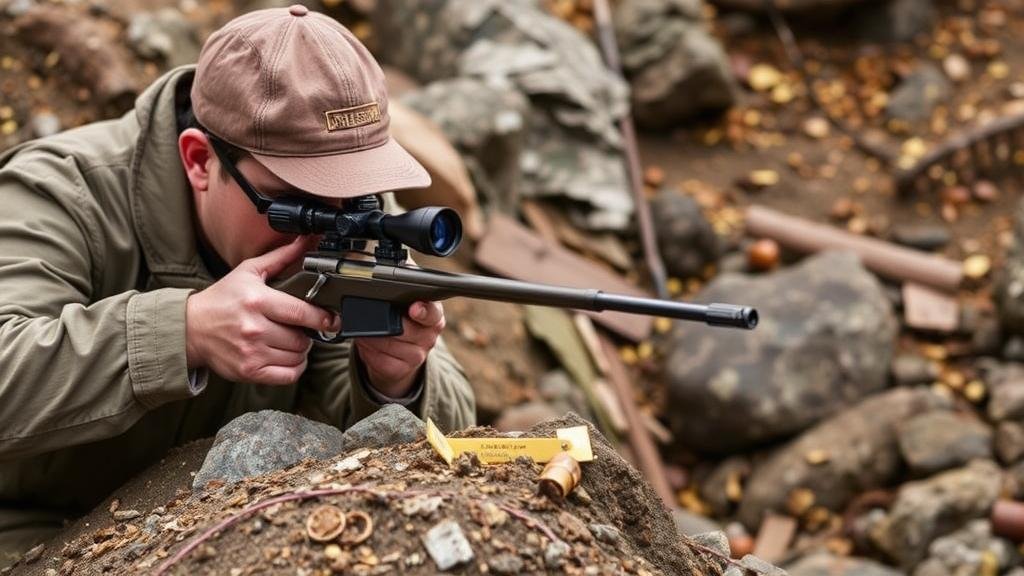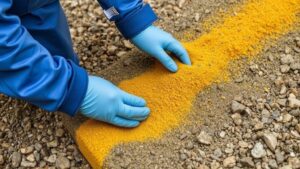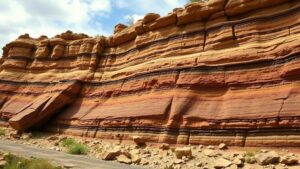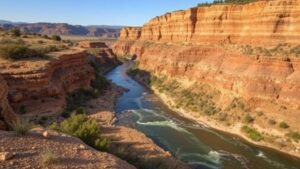How to Snipe for Gold: Techniques for Finding Nuggets in Bedrock
Techniques for Sniping for Gold: Discovering Nuggets in Bedrock
Gold prospecting remains a lucrative and adventurous endeavor for many. While traditional methods such as panning and sluicing are popular, sniping gold–an approach that involves locating and extracting small nuggets–has gained traction, especially in areas with established bedrock. This article delves into effective techniques for sniping for gold, guiding enthusiasts and professionals alike in their quest for hidden treasures.
Understanding the Basics of Gold Sniping
Sniping for gold refers to the process of searching for small pieces of gold in crevices, cracks, and other hard-to-reach areas, typically situated within or above bedrock. Bedrock is the solid rock layer beneath soil and sediment. Gold often migrates towards this layer over time, making it a prime location for prospecting.
According to the U.S. Geological Survey (USGS), approximately 80% of gold in the United States is located in bedrock. This staggering statistic underscores the importance of honing ones sniping techniques to effectively locate these nuggets.
Essential Techniques for Effective Sniping
- Use the Right Tools: A crevice tool, often a narrow metal pick or screwdriver designed specifically for gold prospecting, is essential for prying gold from bedrock. A good pair of tweezers or a small container to hold finds helps ensure that you dont lose any remnants.
- Choose the Right Location: Research is crucial before heading out. Areas known for past gold discoveries or regions rich in sedimentary layers typically yield successful results. Historical gold mining locations or streams can provide clues about where to find gold deposits.
Analyzing Geological Features
Understanding geology can significantly improve ones chances of sniping for gold. Look for features such as:
- Crevices and Cracks: Gold often settles in narrow cracks or crevices. e areas can trap and hold gold particles as water flow decreases.
- High-Pressure Zones: Areas where water flows rapidly can dislodge gold particles from surrounding materials. Observing where a river’s direction changes can help identify potential high-pressure zones.
Water Management and Safety Precautions
When sniping in or near water, managing your surroundings is essential. Ensure your work area is stable by using boulders or logs to secure yourself. Also, the use of a snorkel and mask can be beneficial for underwater sniping, allowing you to inspect crevices more closely without constantly surfacing for air.
Safety is paramount when engaging in gold sniping. Always be aware of your surroundings, especially in areas with fast currents. Carry a first-aid kit and ensure you have the proper permits where required.
Real-World Applications: Case Studies
The success of gold sniping can often be illustrated through anecdotes and historical context. For example, prospective gold miners in California during the mid-19th century utilized similar techniques to extract gold from bedrock, often resulting in significant finds. This historical context supports modern practices, providing valuable insights into effective sniping locations.
Plus, recent studies have shown that in regions like Alaska, experienced prospectors who employed specific sniping techniques could recover nearly double the amount of gold compared to amateur methods. This emphasizes the importance of both knowledge and technique in the sniping process.
Actionable Takeaways
To wrap up, sniping for gold in bedrock requires a mix of the right tools, techniques, and geological understanding. Enthusiasts should focus on:
- Investing in quality tools designed for sniping.
- Researching and selecting promising locations based on past gold finds.
- Continuously learning from both successful and unsuccessful outings to enhance skills.
By following these guidelines, you can improve your chances of successfully unearthing gold nuggets hidden within the bedrock and enjoy an exciting and rewarding gold prospecting experience.



